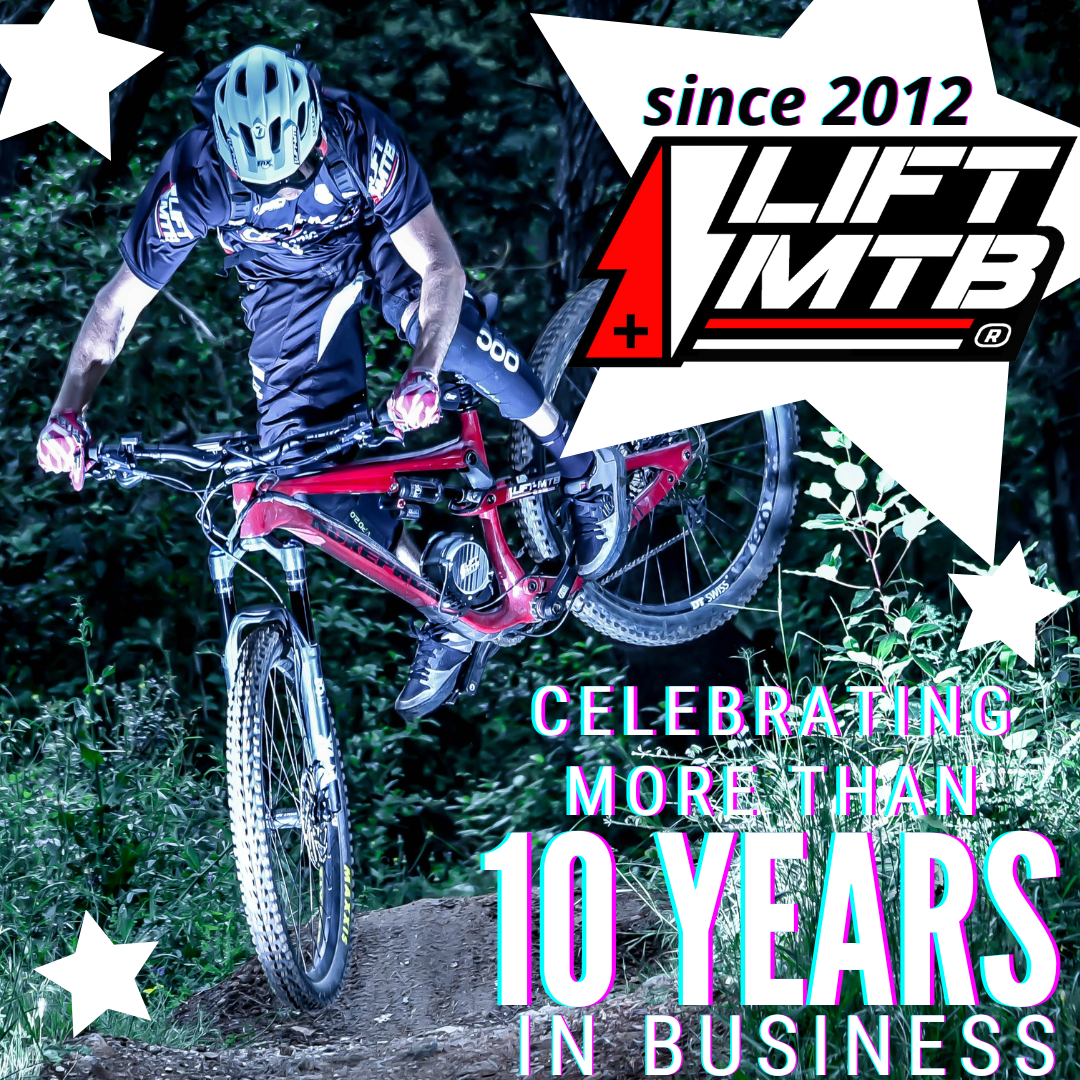Cases number 1 , Pedal motor with torque sensor and without trigger. (Commercial VTTAE)
When we have for example 3 levels of assistance number 3 for example, on levels of assistance which make for example:
level 1 = 33% of maximum power
level 2 = 66% of maximum power
level 3 = 99% of maximum power
We roll level 3 thus the engine helps to 33% all the time and as soon as we force more the sensor of torque detects it and passes in level 3 the time of the effort and it thus sends 99% of the max power.
So if there is a sudden hill, as with a classic bike, we pedal a little harder, and there, whether we like it or not, the engine does all the work for us.
Generally little or no physical effort on the part of the pilot, the impression is unpleasant impression of being carried away by the bike.
If the setting is different, then you are driving in assistance level 2.
We always have our basic assistance to 33%, then as soon as we force more the sensor of torque detects it and passes in level 2 the time of the effort and it sends therefore 66% of the max power, but that we want 99% it misses power.
Of course you can change the level of assistance, but you usually have to take your hand off the handlebars to change the level of assistance on the screen, and usually when you need full power quickly, it’s never the time to take your hand off the handlebars !!!!
There are the vibrations, the imperfections of the ground, to change position on a tiny on-board computer, while trying to look at the screen not to make a mistake in the position, but not too much not to end up in a bush, all while changing gears because obviously we are not on the right gear, in short you know what I mean…
Moreover if ever for example an obstacle on the ground prevents to turn the cranks, without trigger the bike stops because we do not pedal any more, therefore we end up pushing…
Conclusion of using a torque transducer without trigger (as on the bikes bikes):
With a torque sensor and only the pedal sensor either you don’t force to overcome the obstacle and you don’t do sport, or there is a lack of power, (very often there is too much power) so it remains uses generally super-assisted on the factory settings, you feel embarked by the power especially in the technical parts, or nothing replaces the finesse of the use of a trigger coupled with the analysis of the human brain that decides the necessary power, so it is not more efficient.
Cases number 2, the pedal motor without torque sensor and with trigger. (LIFT MTB)
When you set, for example, 30% fixed assistance on the potentiometer of the pedal sensor setting, you know that the mountain bike pedal motor helps to 30% of its maximum power all the time as soon as you turn the cranks, so if you have a sudden hill, as with a classic bike, you pedal a little harder but always with the little push defined at the beginning of 30% for example.
So we always force a minimum to overcome the obstacle, it remains use plus bike but with an aid defined by the user at the beginning, so we need to use a minimum of legs and we still do sport and we do not feel embarked by the bike if we do not decide.
However, if you want 60% or really 100% of the power directly for a few dozen meters or more, a simple trigger pull on the thumb or index finger without thinking and without taking your hand off the handlebars is enough, and even if you don’t pedal, as for example an obstacle on the ground prevents you from pedaling for 2 or 3 meters, you can continue to move forward for a few meters without pedaling and without putting your feet down.
Conclusion LIFT MTB with pedal sensor and trigger :
It’s very efficient and intuitive, the driver analyzes himself what he needs in terms of power, and he is free to put just the right amount of power where and when he needs it.
So you can choose to put your foot down and not force it like on the model with the torque sensor, or you can manage it yourself with a greater measured effort by forcing a minimum at your convenience.
In short, these are two different approaches, but from our point of view, there is no reason to focus absolutely on a torque sensor at all costs, because in terms of pure efficiency, the trigger + crankset sensor as on the removable electric motor LIFT MTB, is more powerful than a torque sensor of a classic VTTAE.
